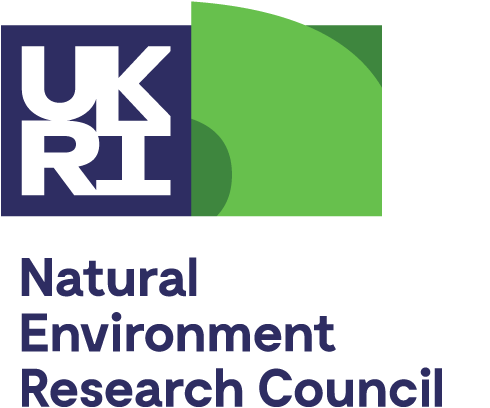SoSMinErals Summer School 2018 in Cornwall
The last SoS MinErals summer school was held at the Camborne School of Mines (University of Exeter, Penryn Campus, Cornwall) on Monday 9th to Thursday 12th July. This year, the school was focused on the pathways to impact of our research, for instance in the form of the interaction between academia and industry; the outreach of scientific results to governments, institutions and the open public worldwide, and to local communities in particular.
On Monday afternoon, the participants of the school, PhD students working on topics ranging from ore deposit geology to microbiology, were introduced to the aims of the summer school by Prof Frances Wall and Edward Loye. Later, a thorough tour of the Camborne School of Mines facilities showed the participants the wonders of Qemscan®, in addition to the uses and sample preparation particularities of scanning electron microscopy (SEM), electron microprobe (EMP), X-ray powder diffraction (XRF) and X-ray fluorescence (XRF). During this visit, the attendees learned about the importance of the expertise and care of the technicians in the use of some of these analytical methods, in order to make the most of our samples and to accurately interpret the results.
On Tuesday morning, the metallurgy practical workshop led by Rob Fitzpatrick allowed the participants to carry out flotation experiments for concentrating copper sulphide ores. In the afternoon, Ian Higgins (Less Common Minerals), Carlos Petter and David Dew (both of University of Exeter) were invited to talk about the impact of research on industry and society, especially in the production of REE magnets for use in electric car engines (for example), the consequences of mining and processing of Nb and REE in Brazil, and the evolution of sulphide ore leaching processes, respectively.
Wednesday was dedicated to visiting the laboratories and kaolin (china clay) open pits of Imerys S.A. In the laboratories, the staff kindly showed us the different instruments used to analyse the raw materials (XRD, XRF, SEM, TEM) and those used to manufacture and test the products (e.g. from cosmetics to rubber, paint and paper) that are later delivered to their particular costumers. The aim is both to supply raw materials to the industry in general, and to satisfy special needs from particular customers by a close interaction with them. From the viewing point to the open pits we could see the different processes of extraction of the raw material and how it is treated to obtain kaolin and the wide variety of by-products.
During the last day, the participants had the chance to explain the pathways to impact of the results of their research to some of the invited speakers of the school and to the other fellow participants. Interesting discussions took place, regarding the impact of the study of the geochemical cycle of Se and Te; the accumulation of Co in Fe-oxyhydroxides from laterite deposits; the mineralogy and geochemistry of Mn nodule deposits and massive sulphide mineralisations on the seafloor; and the mobility and concentration of REE in low radioactivity, easy leachable ion adsorption REE deposits. During this activity, because the students showed some of the most recent results of their PhDs, we realised how far they all have come since the first summer school and earlier project meetings.
As part of the outreach, some participants kept twitter up to date on the activities that took place during the Summer School. Furthermore, the school was full of engaging moments like enjoying fresh fruit smoothies in the campus or watching the semi-final world cup football match in Falmouth!
Cristina Villanova-de-Benavent, August 2018










